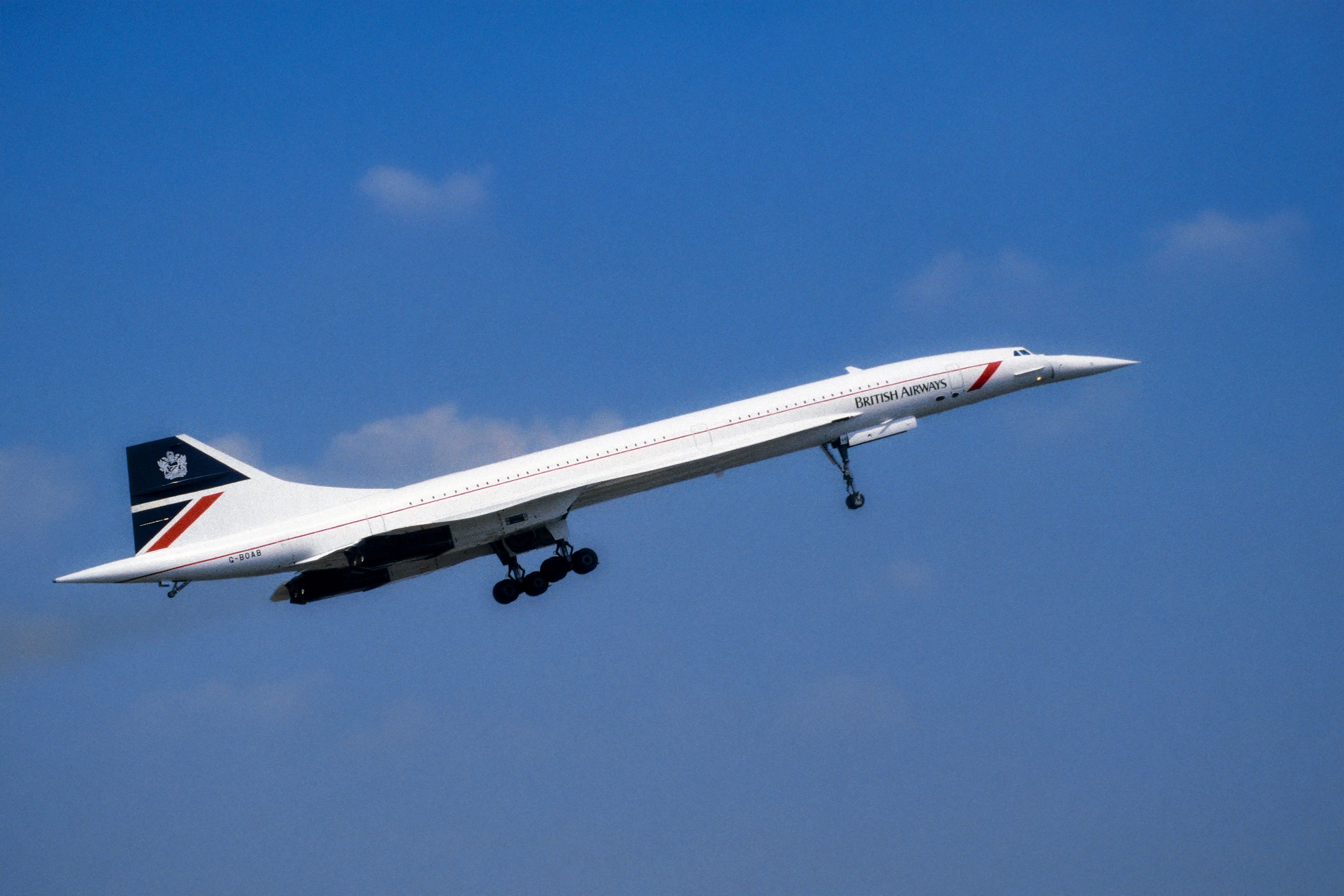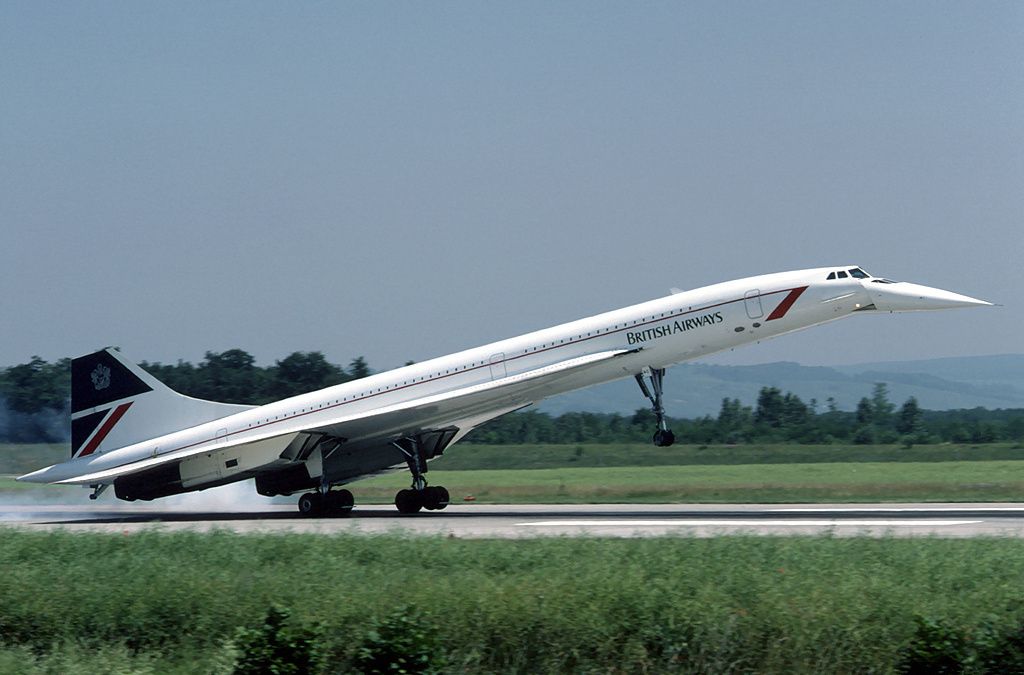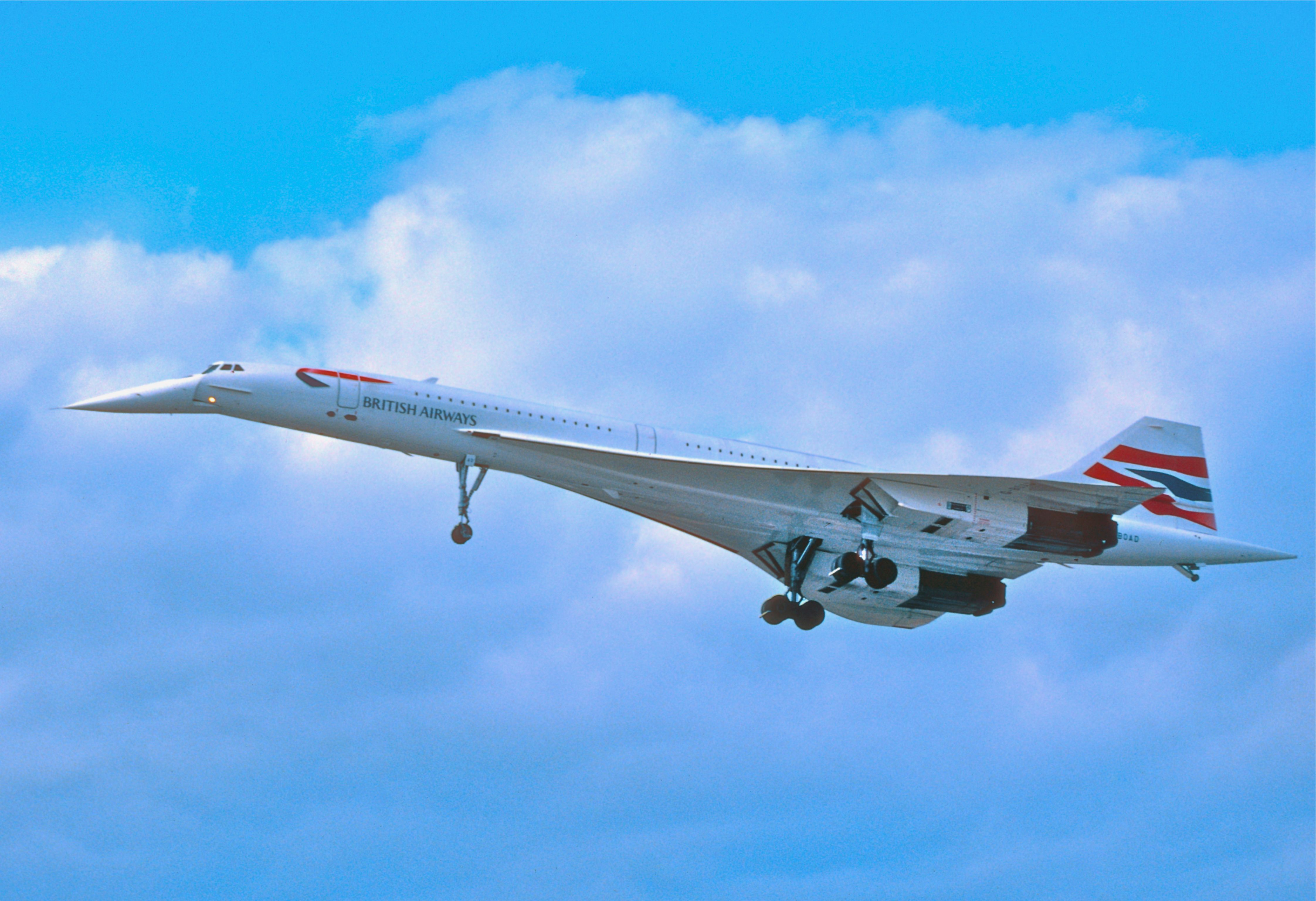The regular schedule for Concorde saw it fly passengers to destinations such as London, New York, Paris, Rio de Janerio, and Bahrain. The speed, comfort and service onboard came at a high price for those fortunate to afford the airfare. For those not able to experience Concorde on its scheduled flights, there was an opportunity to fly on leisure and charter flights, including from alternative and smaller airports. These made it possible for more people to experience subsonic and supersonic flight on board the iconic jet. One of the airports to welcome the aircraft relatively frequently was Exeter Airport.
Subsonic and supersonic leisure flights from Exeter Airport
Concorde was in service between 1976 and 2003, and the majority of flights were regular scheduled services with British Airways and Air France. By the mid-1980s British Airways had established a secondary market for Concorde involving leisure and charter services, including in 1988, when Exeter Airport celebrated its 50th anniversary coinciding with one of the leisure flights. Return trips over the Bay of Biscay were the reward for those lucky enough to secure a ticket. With reasonably priced tickets, they quickly became an annual event at Exeter, with subsonic and supersonic flights on offer as leisure trips.
Get all of the latest aviation news from Simple Flying here.
The leisure flights were sometimes combined with air shows and visits of other aircraft. In 1991 Concorde and the Red Arrows appeared on the same day. Then in 1998, as part of the 60th-anniversary celebrations, Concorde visited after a Classic Jets Day was held.
The last Concorde flights from Exeter were in 2000, not long before the fatal Air France Concorde disaster at Paris Charles de Gaulle Airport. Concorde made a brief return to commercial service, but the aviation environment changed, and it was no longer deemed commercially viable by its two operators and was permanently grounded in 2003.
Leisure flights were available from other UK airports
Exeter Airport was not the only airport in the UK to see these flights. Charter flights were even offered from Heathrow in the early 1990s. Additionally, there were flights from other airports across the UK, including Birmingham, Glasgow, Belfast and East Midlands. There were other interesting leisure flights, including annual trips to Lapland and a charter for Cunard from London to Sydney. On one of these flights, a section of rudder was lost.
The other operator of Concorde, Air France, also offered leisure and charter flights, including its own trip around the Bay of Biscay. Regular scheduled flights constituted the bulk of the market and revenue for Concorde for both operators, but the leisure and charter market made the experience affordable to many more people and was a useful exercise in marketing for the airlines.
No other airlines reactivated Concorde after British Airways and Air France, and it would be a prohibitively expensive aircraft to operate solely on a charter or leisure basis. Therefore, sadly, the only opportunity these days to experience Concorde is on the ground as part of exhibits at museums.
Please tell us about your experiences of flying on Concorde in the comments below.



